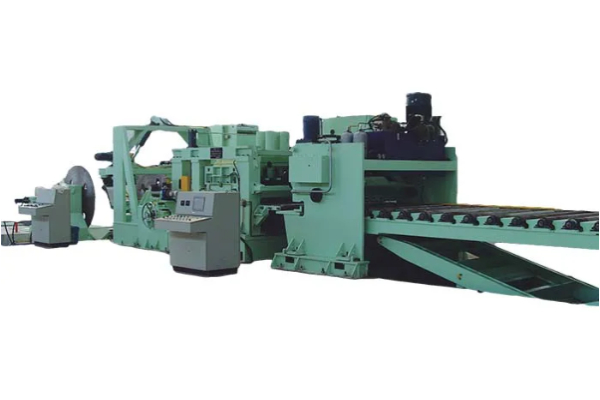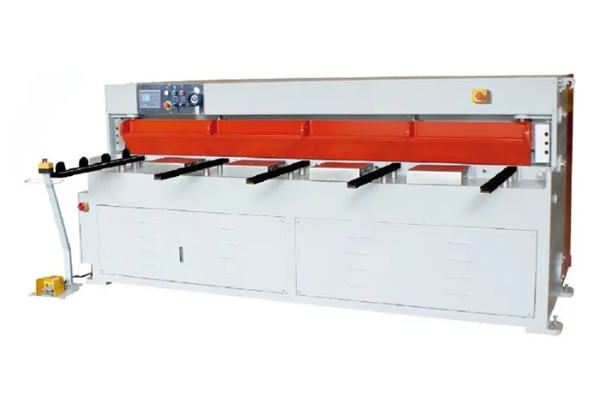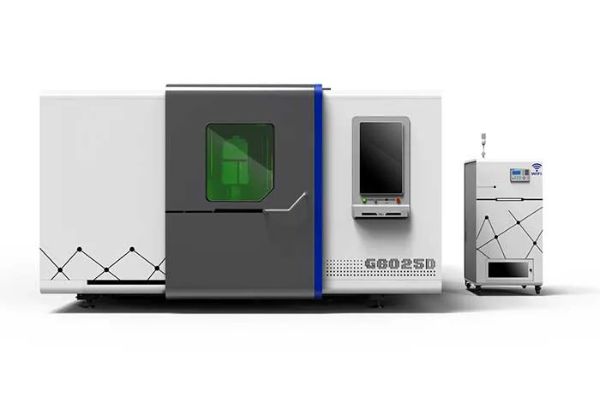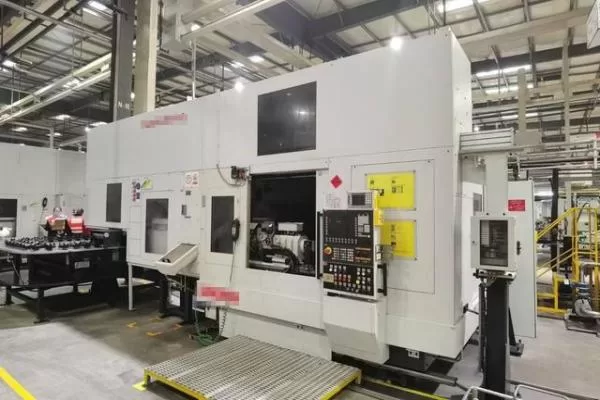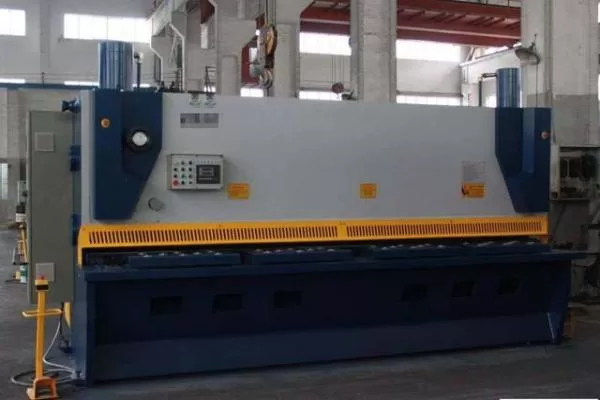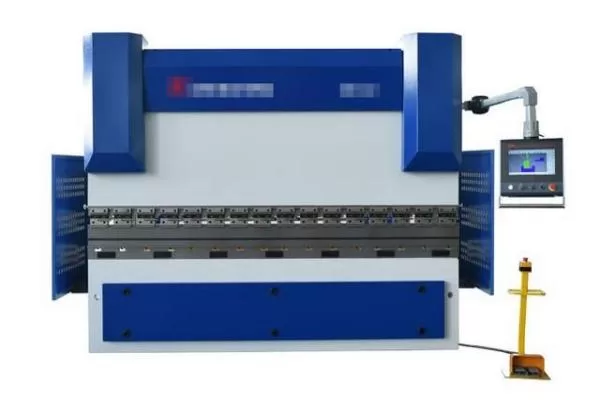
How to Handle and Store Ducting Materials for Optimal Performance
- By:Metmac
- 2024-07-29
- 152
Proper handling and storage of ducting materials are essential to ensure optimal performance, longevity, and safety in HVAC systems. By following these guidelines, contractors and homeowners can protect the integrity of ducting components and minimize the risk of costly repairs or system inefficiencies. This article explores best practices for handling and storing ducting materials to maximize their effectiveness and performance.
Material Handling
Avoid Damage: Handle ducting components with care to prevent tears, punctures, or crinkling. Use proper lifting techniques and avoid dragging or dropping materials.
Protect from Moisture: Keep ducting materials dry during handling and transport. Exposure to moisture can damage the material, weakening its structural integrity and promoting mold growth.
Minimize Bending: Avoid excessive bending or flexing of ducting components. Sharp bends can weaken the material and create restrictions in airflow. Use flexible elbows or bends where necessary to maintain a smooth airflow path.
Storage Conditions
Controlled Environment: Store ducting materials in a temperature-controlled environment to prevent damage caused by extreme heat or cold. Avoid storing them in direct sunlight or excessive humidity.
Proper Ventilation: Ensure adequate ventilation in the storage area to prevent condensation and the accumulation of harmful gases. Proper ventilation helps maintain a dry and clean storage environment.
Protection from Elements: Protect materials from rain, snow, dust, and other contaminants. Store them in enclosed spaces or cover them with tarps or plastic sheeting.
Proper Handling and Storage of Specific Ducting Materials
Flexible Ducting:
– Handle carefully to avoid perforations or tears.
– Coil or accordion-fold for storage to prevent flattening or crushing.
Metal Ducting:
– Wear gloves to handle metal ducting and avoid sharp edges.
– Use proper lifting techniques to prevent bending or damage.
– Store in a flat or vertical position to prevent sagging or deformation.
Insulated Ducting:
– Handle insulated ducting without damaging the insulation layer.
– Store in a dry environment to prevent moisture penetration and insulation deterioration.
Conclusion
By adhering to these best practices for handling and storing ducting materials, contractors can ensure the longevity, performance, and safety of HVAC systems. Proper care and maintenance of ducting components extend their lifespan, prevent costly repairs, and contribute to efficient and comfortable indoor air environments. By following these guidelines, contractors and homeowners can maximize the effectiveness and durability of their ducting systems.
-
Advanced Sheet Metal Rolling, Cutting, and Folding Machines for Efficient Fabrication
2025/10/22 -
High-Precision Sheet Metal Bending and Cutting Solutions for Modern Manufacturing
2025/10/22 -
High-Precision Solutions from Leading Sheet Metal Cutting Machine Manufacturers
2025/09/11 -
Reliable Sheet Metal Equipment for Sale to Support Precision Fabrication
2025/07/17
-
High-Performance Sheet Metal Equipment for Sale: Forming and Shearing Solutions for Modern Fabrication
2025/10/22 -
Precision and Performance: Advanced Sheet Metal Processing Solutions
2025/10/17 -
Advanced Sheet Metal Press, Shearing, and Forming Machines
2025/10/17 -
High-Performance Sheet Metal Laser Cutting Machines for Sale — Precision and Efficiency Combined
2025/10/17
-
Integrating Automation with Rectangular Duct Machines for Enhanced Productivity
2024/05/11 -
Metal Shear Machines- Essential Tools for Precision Metal Cutting
2024/05/11 -
Understanding the Role and Function of Steel Strip Slitting Machines
2024/05/11 -
Maintenance Tips for Longevity of HVAC Duct Machines
2024/05/11
-
A Guide to the Latest Innovations in Sheet Metal Folding Machines
2024/11/29 -
Key Features to Consider When Investing in a Sheet Metal Folding Machine
2024/11/28 -
Enhancing Precision with Advanced Sheet Metal Folding Machines
2024/11/27 -
How to Choose the Right Sheet Metal Folding Machine for Your Workshop
2024/11/26
